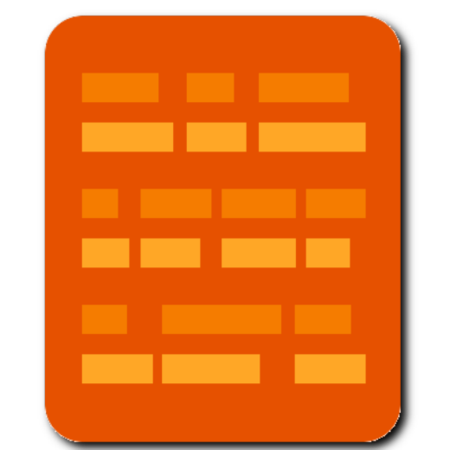In the last Blog we mentioned some advantages of learning a foreign language while reading with interlinear and pop-up translation. I want to expand on these here. As we're being flooded with standard text-wordlist-and-grammar-bit language courses or fancy online sentence-fill-in-the-missing word language lessons, not many people realize there's a faster way.
A Classic Way.
To start with, this way of learning has been around for thousands of years. Only when our society started to industrialize and needed adults in their factories separated from children (if they were fortunate enough to not have to work as well), and lock kids away for about 10 to 20 years, we developed the ultra slow way of learning languages by offering bare pieces of foreign language with a list of words to learn, some grammar rules added and forcing language students to decipher the text using the list of words and the grammar rules. Since the advent of capitalism, the great sales factor of cutting your learning material in 100 little bits to sell has added to the creation of a billion different "learning methods". Meanwhile the percentage of people starting to learn a foreign language and then quitting or getting nowhere is over 90%. Interlinear word-for-word translation is a proven method that's been around for millennia.

Teaching robots
Now for an example I like to think of teaching languages to robots. Say we have a robot that knows English, and I want to teach it French. Would I give them a language course as we know it? Nope. It would not learn enough vocabulary. The average course has 1000 to 2000 words, while for fluent reading we need 5000-15000 words. So if we want it to speak and read fluently, why not feed it stories, and stories including conversation, that contain 5000-15000 unique words? With manual word-for-word translation from English to French, in this case. This will teach the robot French by teaching it whole sentences in whole stories, which because of the word-for-word literal and idiomatic translation it will understand in one go. What you're feeding the robot is simply the complete French language in the form of stories, connected to the known English language web it already has, interconnected by the word-for-word literal and idiomatic translation. Of course we mere humans might have to practice the more difficult words a few times extra, but this way will still be much more "holistic" than deciphering a text using a wordlist or trying to find the missing word in a sentence in some online language app. Just read and read on and expand your vocabulary while reading, it's faster and easier.
Learn a foreign language just by reading
That brings us to the third advantage of learning to read with manual word-for-word translation, you're reading, just reading, and learning new words, as every single word is manually translated.
Read a foreign language from day one
And you're reading from day one, no more months of going through simple texts with people going to restaurants or hotels, you can read interesting original stories in the foreign language from day one, and learn.

Immediate availability of manually addded meaning
There's no frustration of missing translations, and no broken immersion because you have to look up a word in an index, the meaning is available through interlinear, interlinear on-demand or pop-up translation.
In context and correct conjugation
Also, you don't have to puzzle with root forms of words, the correct meaning, in context and correct conjugation is immediately available so you can comprehend the flow of the story without having to deduce grammatical formulas, and at the same time, you learn the grammar as you now have the foreign language conjugation next to its English counterpart.
Speeds up vocabulary expansion immensely
All in all this means you learn new words 10 to 100 times faster than any other method. Even online dictionaries won't be as fast as good old manual translation as they can be slow to retrieve the meaning, they will be generic and might be out of context, they're probably missing conjugation, and oftentimes with irregular words or forms they'll be simply missing.

In the App version, we add the audio as well
A well known fact is that if you read and listen at the same time, comprehension will speed up. On the other hand, you're also learning two things at the same time, reading and listening.
Same goes for the built-in word practice of the App
Not all words will be learned while reading, simply because they are rare and their root forms are rare as well, so you won't even encounter them in different conjugations. For these words the built-in word practice helps you remember them fast and easy as well.

Holistic
If I have to use one word to describe language learning material consisting of original stories in a foreign language with a manual word-for-word translation, be it interlinear or pop-up, I'd say, holistic. It teaches you new words, but also grammar, as you can defer the grammatical forms of words from their literal meaning, it teaches sentence structures, it teaches language as a story, most of the times it even teaches communication occurring in the stories, why, it will even teach you some culture most probably.
